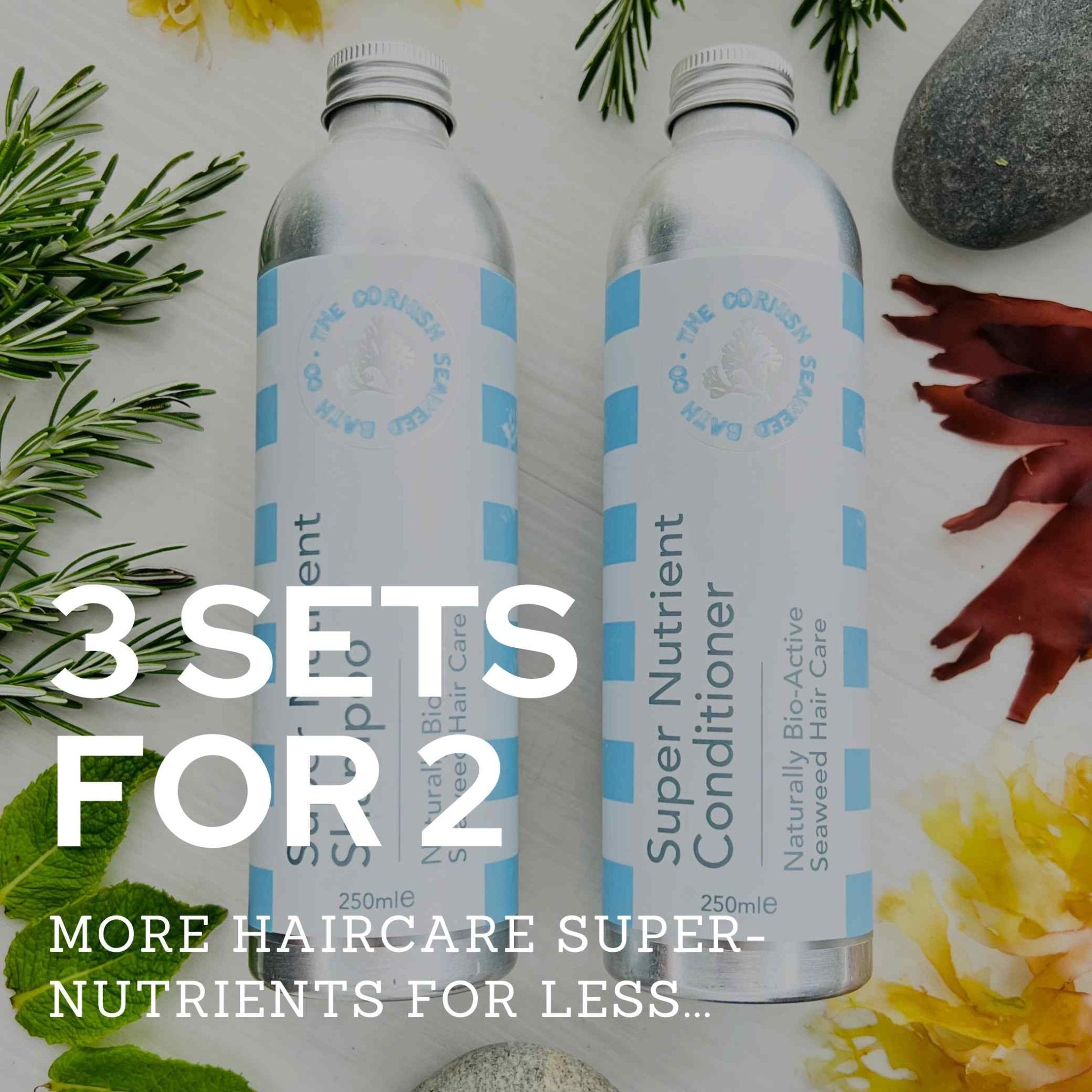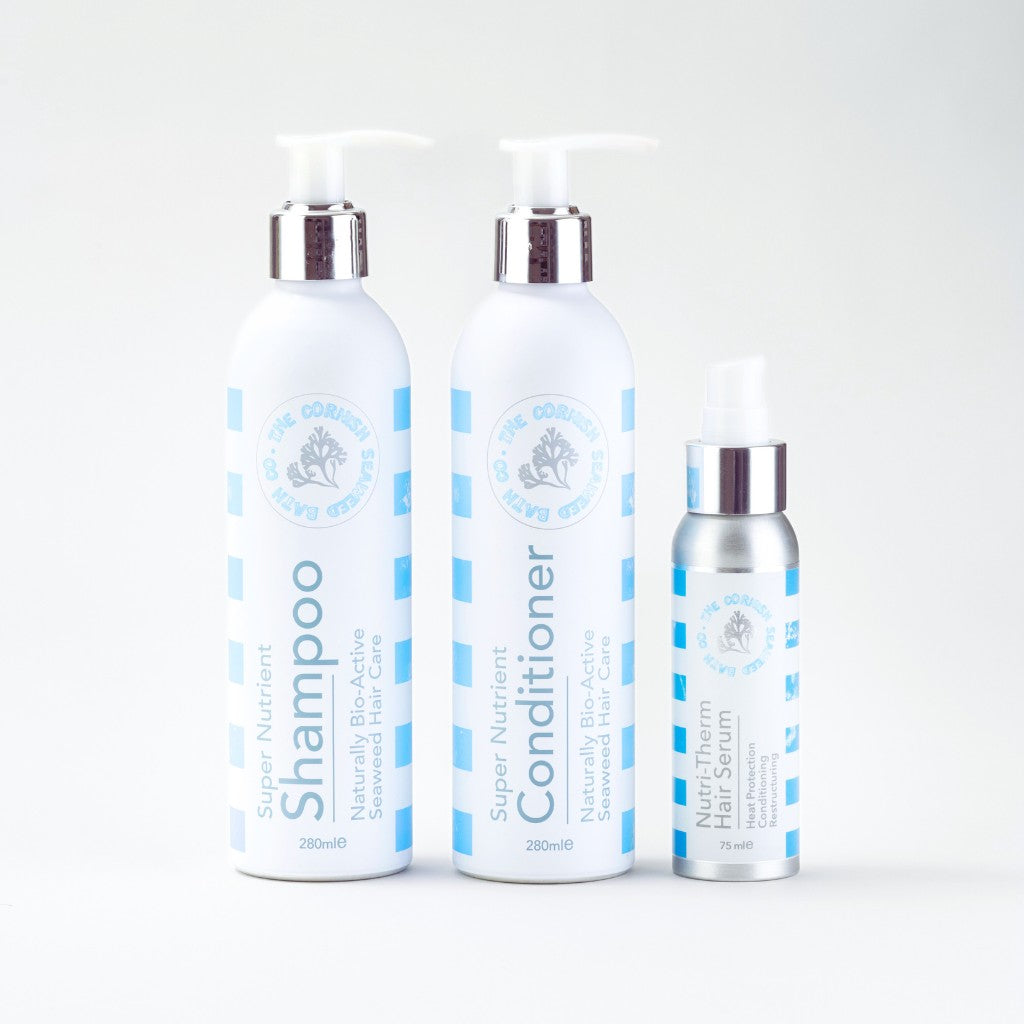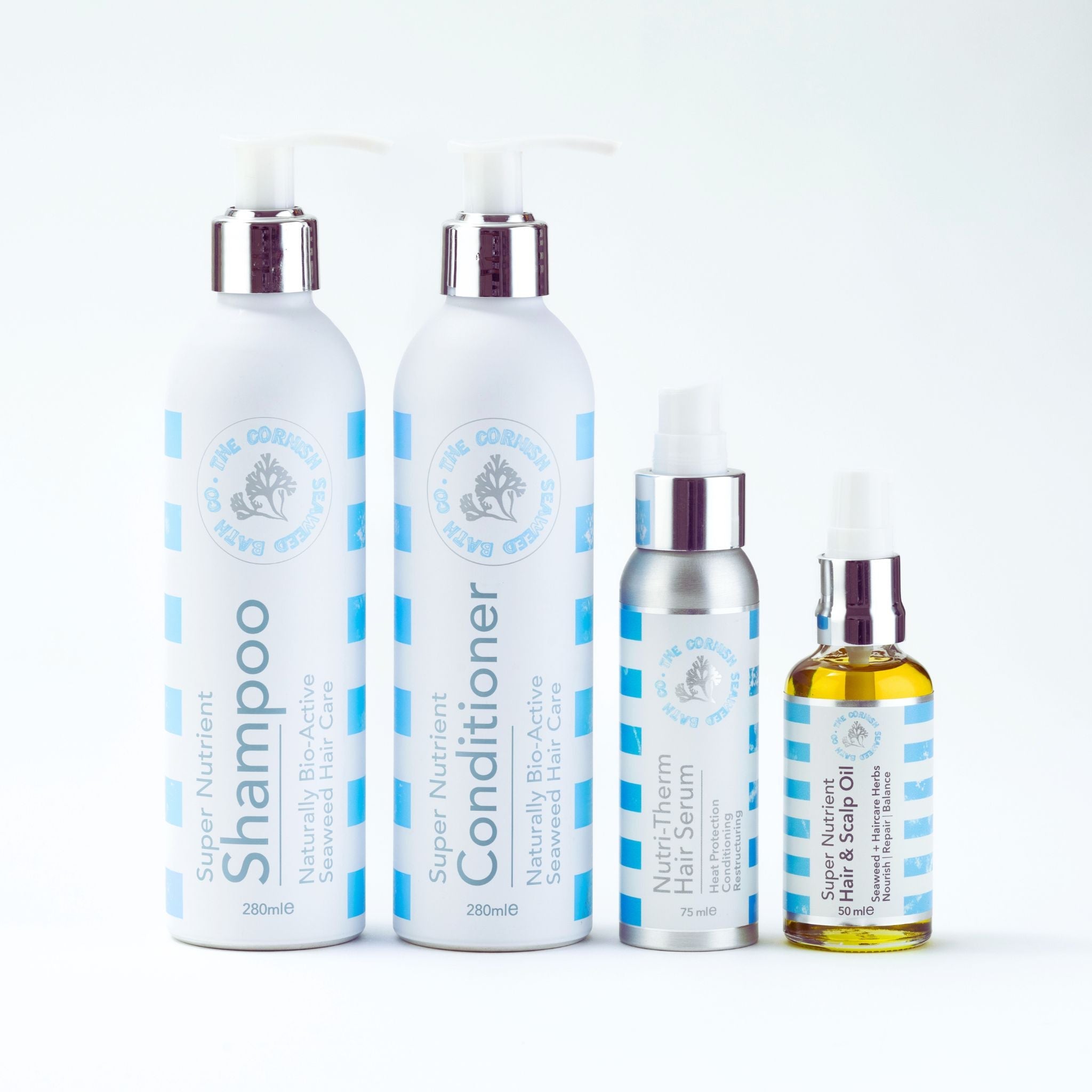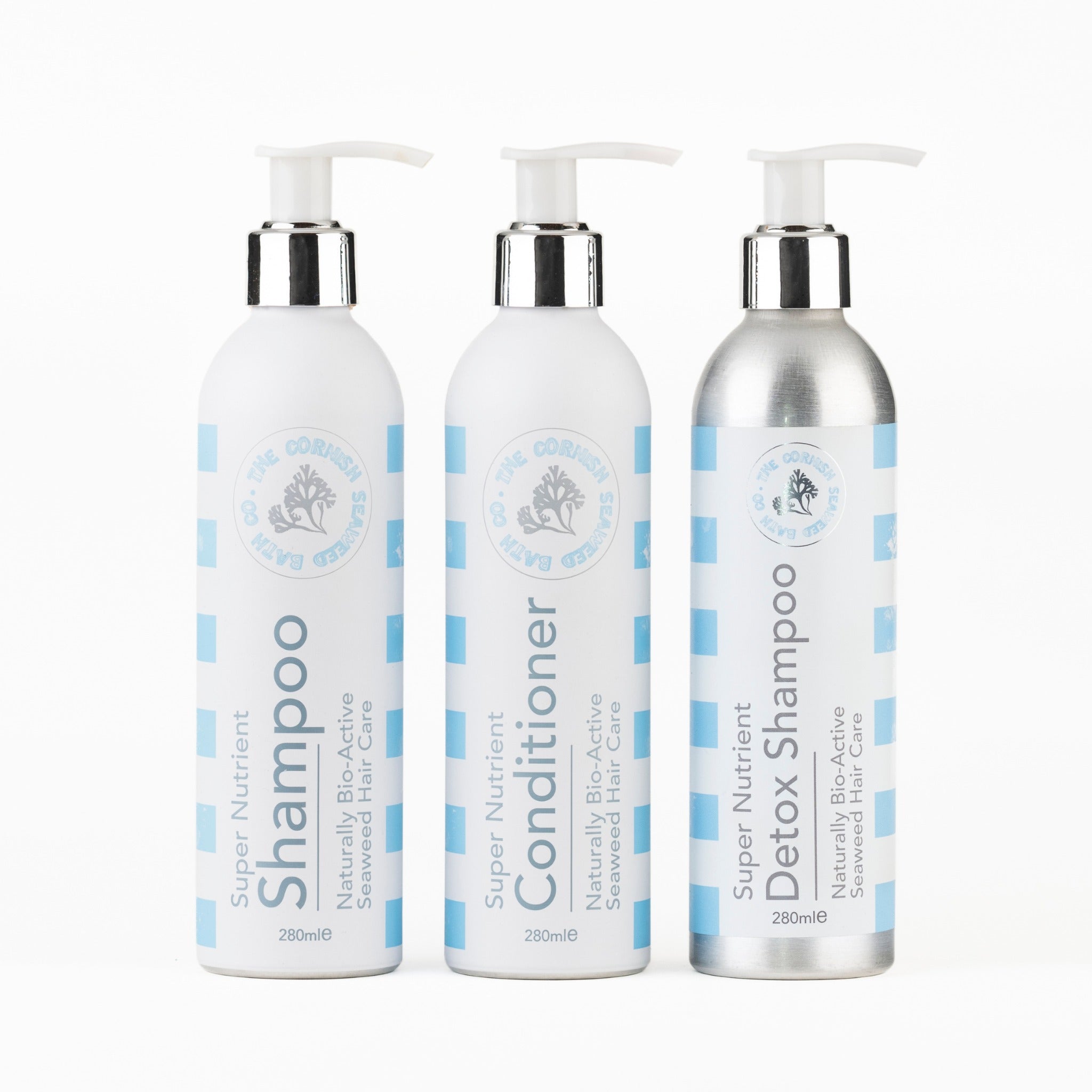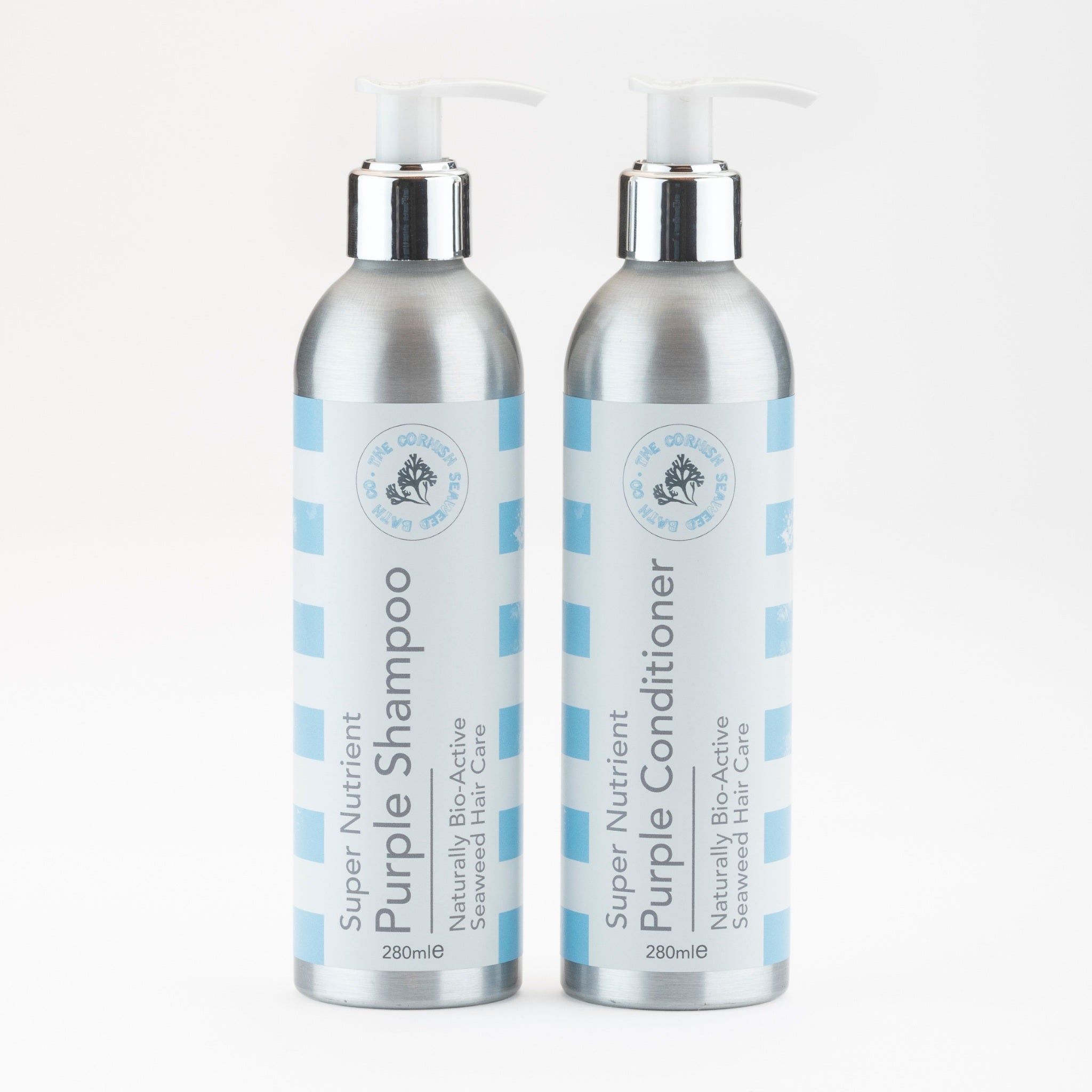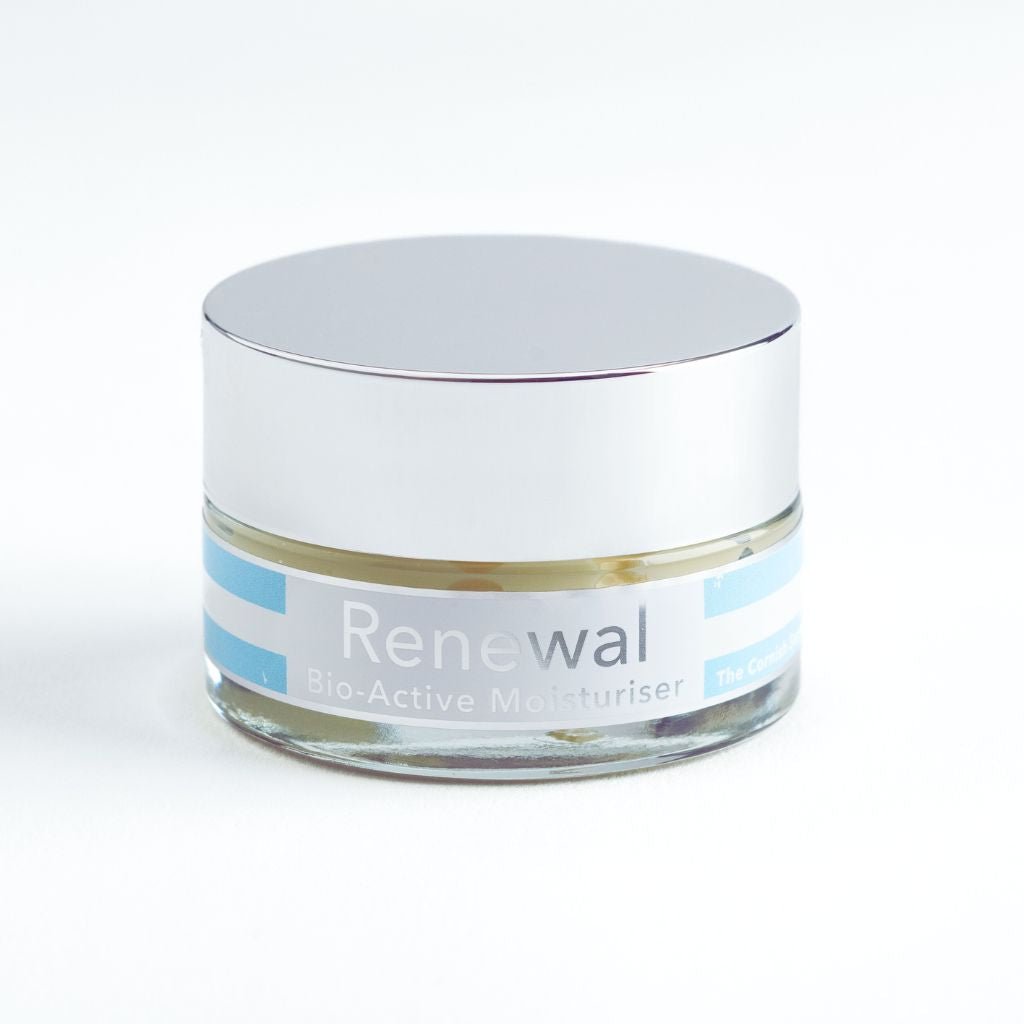Key Takeaways
- Seaweed and kelp are often confused but represent different categories of marine plants.
- Understanding the differences between seaweed and kelp is crucial for informed marine wellness choices.
- Experience with Cornish seaweed, especially Fucus serratus, highlights the importance of recognising these distinctions.
Table of Contents
- Understanding the Difference Between Seaweed and Kelp
- Defining Seaweed and Kelp: Botanical Classifications
- Biological and Structural Differences
- Habitats and Growing Conditions
- Ecological Roles and Marine Importance
- Environmental Benefits: Carbon and Climate Connections
- Nutritional Profiles and Health Considerations
- Everyday Uses and Applications
- Safety, Sourcing, and Responsible Harvesting
Understanding the Difference Between Seaweed and Kelp
When you're exploring marine-based wellness options, understanding the difference between seaweed and kelp becomes essential for making informed choices. These terms are often used interchangeably, yet they represent distinct categories of marine life with unique characteristics and applications. We've spent years working with Cornish seaweed, particularly Fucus serratus, and this experience has taught us the importance of understanding these nuances.
If you're interested in experiencing the benefits firsthand, our Wild Cornish Seaweed Bath and Pure Seaweed Soap are crafted to showcase the unique properties of brown seaweed, making them ideal for both skincare and bathing rituals.
What's the core difference? Kelp is a specific type of large brown seaweed, whereas 'seaweed' refers to a broader group of marine algae including red, green, and brown types. Think of kelp as a subset within the larger seaweed family.
This distinction matters because different types of marine algae offer varying benefits for skincare, bathing rituals, and environmental sustainability. Our formulations harness the specific properties of brown seaweed species native to Cornwall's waters, where the mineral-rich Atlantic provides ideal growing conditions.
Defining Seaweed and Kelp: Botanical Classifications

What is Seaweed?
Seaweed encompasses a broad group of marine algae spanning three main categories: brown (Phaeophyceae), red (Rhodophyceae), and green (Chlorophyceae) species. These organisms vary dramatically in form, from delicate filamentous structures to robust, leathery fronds. They thrive across diverse aquatic environments, from tidal pools to deeper coastal waters, adapting to varying light conditions and nutrient levels.
What is Kelp?
Kelp represents a specific subgroup within brown seaweed, scientifically classified under the order Laminariales. These are among the ocean's most impressive organisms, capable of forming dense underwater forests that can stretch for miles. Kelp species are characterised by their complex anatomy, including specialised structures like gas-filled bladders for buoyancy and strong holdfasts that anchor them to rocky substrates.
| Aspect | Seaweed (General) | Kelp (Specific) |
|---|---|---|
| Scientific Classification | Multiple algae classes | Order Laminariales only |
| Colour Groups | Red, brown, and green | Brown only |
| Size Range | Microscopic to 60+ metres | Typically large (1-60 metres) |
| Examples | Fucus serratus, Porphyra, Ulva | Giant kelp, Sugar kelp |
The Fucus serratus we harvest from Cornish waters represents brown seaweed but isn't technically kelp, it belongs to a different order within the brown algae family, offering unique mineral profiles and bioactive compounds ideal for topical applications.
Biological and Structural Differences
Seaweed Structure and Biology
Seaweed structures range from simple, branching filaments to complex, multi-layered fronds. Red seaweeds often display intricate, lace-like patterns, while green varieties might appear as broad sheets or delicate tubes. Brown seaweeds, including our Cornish Fucus serratus, typically feature robust, leathery textures with distinctive air-filled vesicles that provide buoyancy during high tide.
Kelp's Specialised Anatomy
Kelp displays remarkable structural sophistication with three main components: the blade (photosynthetic leaf-like structure), the stipe (stem-like support), and the holdfast (root-like anchor). Many species also feature pneumatocysts, gas-filled bladders that help the organism reach sunlight in deeper waters. This complex anatomy enables kelp to create three-dimensional forest structures underwater.
These structural differences influence how we process and formulate our products. The cellular composition of Fucus serratus allows for gentle extraction of minerals and bioactive compounds without harsh processing, preserving the beneficial properties you'll experience in our Renewal Bio-Active Moisturiser and Wild Cornish Seaweed Bath.
Habitats and Growing Conditions
Where Seaweeds Flourish
Seaweeds demonstrate remarkable adaptability, colonising everything from shallow tidal pools to depths of 200 metres. Some species tolerate brackish water, while others require full marine salinity. This flexibility allows different seaweed types to occupy specific niches based on light penetration, wave exposure, and substrate type.
Kelp's Niche Environments
Kelp forests require specific conditions: cold, nutrient-rich waters typically below 20°C, rocky substrates for secure attachment, and sufficient water movement to deliver nutrients and remove waste products. These demanding requirements limit kelp distribution to particular coastal regions.
Ecological Roles and Marine Importance

Seaweed as Foundation Species
Marine algae form the backbone of ocean ecosystems, producing approximately 70% of Earth's oxygen through photosynthesis. These diverse organisms create complex three-dimensional structures that provide shelter, breeding grounds, and feeding areas for countless marine species. From tiny amphipods to larger fish, seaweed communities support intricate food webs that extend far beyond the immediate coastal zone.
Red and green seaweeds often colonise intertidal zones, creating resilient communities that withstand dramatic tidal changes. Their varied growth forms, from encrusting coralline algae to flowing ribbon-like fronds, offer different ecological niches within the same habitat, maximising biodiversity in relatively small areas.
The Role of Kelp Forests
Kelp forests represent some of the most productive ecosystems on Earth, rivalling tropical rainforests in their complexity and biodiversity. These underwater cathedrals create distinct vertical zones: the canopy provides surface habitat for sea otters and birds, the midwater column shelters fish schools, and the holdfast structures house invertebrate communities. This layered architecture supports species that wouldn't coexist in simpler seaweed beds.
Beyond habitat provision, kelp forests act as natural breakwaters, reducing wave energy by up to 70% and protecting coastlines from erosion. Their massive fronds create calmer waters that allow smaller seaweeds and marine plants to establish, further enhancing local biodiversity. In Cornwall's waters, brown seaweeds like Fucus serratus contribute to these protective coastal communities, though on a more modest scale than giant kelp species.
Marine Life Supported: Kelp forests sustain over 1,000 species per hectare, including commercially important fish, sea urchins, abalone, and marine mammals. Other seaweed communities typically support 200-500 species per hectare, though this varies significantly by location and seaweed type.
The difference between seaweed and kelp becomes particularly evident in their ecosystem services, whilst all marine algae contribute to ocean health, kelp forests provide disproportionately large benefits due to their size and structural complexity. This understanding informs our approach to sustainable harvesting, ensuring we work with Cornwall's natural seaweed communities rather than disrupting them.
Environmental Benefits: Carbon and Climate Connections
Carbon Sequestration and Ocean Health
Both seaweed and kelp absorb atmospheric CO₂ through photosynthesis, but their carbon storage mechanisms differ significantly. Kelp forests sequester carbon at rates of 2-20 tonnes per hectare annually, with their large biomass creating substantial temporary carbon storage. When kelp fronds break away, some carbon sinks to deep ocean sediments where it remains locked away for centuries.
Smaller seaweeds contribute differently, whilst individual plants store less carbon, their collective impact across vast coastal areas proves substantial. Brown seaweeds like our Cornish Fucus serratus participate in this carbon cycle whilst also releasing beneficial compounds that may influence local marine chemistry and support other organisms' growth.
Coastal Protection and Climate Adaptation
Kelp forests reduce coastal erosion by dampening wave energy and encouraging sediment deposition behind their protective barriers. As sea levels rise and storm intensity increases, these natural defences become increasingly valuable for coastal communities. Research suggests healthy kelp forests can reduce wave heights by 60-70%, offering protection equivalent to artificial breakwaters at a fraction of the cost.
Understanding the difference between seaweed and kelp helps explain why conservation efforts often focus on kelp forest restoration, their outsized environmental impact makes them priority ecosystems for climate adaptation strategies. However, the full spectrum of seaweed diversity contributes to ocean resilience, which is why we source our products sustainably to support healthy marine communities around Cornwall's coast.
For more on the science behind marine algae, see this in-depth article on the science of seaweeds.
Nutritional Profiles and Health Considerations
Nutritional Diversity Across Seaweeds
Marine algae concentrate minerals from seawater, creating nutrient profiles rarely found in terrestrial plants. Brown seaweeds typically contain high levels of iodine, potassium, and unique compounds like fucoidans and alginates. Red seaweeds excel in protein content and provide distinctive pigments with antioxidant properties, whilst green seaweeds offer balanced vitamin profiles including vitamin C and beta-carotene.
The mineral composition varies significantly based on harvesting location, season, and species. Seaweeds from nutrient-rich waters like those around Cornwall tend to have higher concentrations of beneficial compounds, which is why sourcing location matters for both nutritional and topical applications.
| Seaweed Type | Key Nutrients | Distinctive Compounds | Primary Benefits |
|---|---|---|---|
| Brown Seaweed (including Kelp) | Iodine, Potassium, Calcium | Fucoidans, Alginates | Skin conditioning, mineral content |
| Red Seaweed | Protein, Iron, Vitamin A | Carrageenans, Phycoerythrin | Antioxidant activity |
| Green Seaweed | Vitamin C, Beta-carotene | Ulvan | Vitamin support, gentle cleansing |
Iodine and Mineral Content in Kelp
Kelp stands out for its exceptionally high iodine content, often containing 150-2,900 micrograms per gram of dried weight, significantly higher than most other seaweeds. This concentration makes kelp valuable for addressing iodine deficiency, but also requires careful consideration of dosage. Excessive iodine intake can disrupt thyroid function, making it essential to understand serving sizes and frequency when using kelp-based products.
Other brown seaweeds, including our Cornish Fucus serratus, contain more moderate iodine levels alongside rich concentrations of potassium, calcium, and magnesium. This balanced profile makes them suitable for regular topical use without the overconsumption concerns associated with high-iodine kelp varieties.
Practical Uses of Seaweed in Our Formulas
We select Fucus serratus for our product range because its mineral profile and bioactive compounds support skin and hair health without overwhelming iodine levels. In our Renewal Bio-Active Moisturiser, this brown seaweed works alongside frankincense resin and jojoba oil to nourish skin, whilst our Super Nutrient Shampoo and Super Nutrient Conditioner harness its minerals to strengthen hair structure.
The difference between seaweed and kelp becomes practically relevant when choosing personal care products, whilst kelp's intensity suits occasional treatments, the balanced nutrition of brown seaweeds like Fucus serratus supports daily skincare and haircare routines without risk of mineral overload.
For more practical advice, read our guide on five ways to use seaweed to care for your skin health.
Everyday Uses and Applications

Culinary Uses: Seaweed vs Kelp
In the kitchen, kelp excels as a broth base, its glutamic acid content creates natural umami flavours that enhance soups and stews. Soak dried kelp in cool water for 15-20 minutes before simmering to extract maximum flavour without bitterness. Other seaweeds serve different purposes: nori wraps sushi, dulse adds salty crunch to salads, and sea lettuce provides fresh ocean flavour to seafood dishes.
Quick Culinary Guide: Kelp works best for broths and stocks, nori for wrapping and garnishing, dulse for snacking and seasoning, and sea lettuce for fresh applications. Each type requires different preparation methods and cooking times.
Topical Applications: Skincare and Bathing
Our approach centres on the versatile properties of Fucus serratus, which we incorporate across our skincare, haircare, and bathing products. In our Wild Cornish Seaweed Bath, this seaweed combines with Dead Sea salt to create mineral-rich bathing experiences, add a small handful to running water and allow the natural compounds to infuse whilst you soak.
For daily care, our seaweed-based cleansers like the Pure Seaweed Soap and Renewal Facial Cleanser require only small amounts, work into a gentle lather with circular motions, allowing the natural oils and seaweed extracts to cleanse without stripping skin's protective barriers. The difference between seaweed and kelp influences these formulations, as the moderate mineral content of brown seaweeds suits regular use better than kelp's more intense composition.
Discover more about gentle cleansing routines in our article on easy haircare and cleansing routine.
Safety, Sourcing, and Responsible Harvesting
How can you tell if seaweed or kelp is safe to use? Look for intact structure, natural colour without unusual discolouration, and absence of strong fishy odours. Avoid specimens growing near pollution sources, and always verify species identification before consumption or topical use.
How to Identify and Harvest Safely
Wild harvesting requires proper species identification and awareness of local regulations. In Cornwall, seaweed collection below the high-water mark may require landowner permission, and certain areas have restrictions to protect marine ecosystems. Focus on abundant species like bladder wrack (Fucus vesiculosus) and avoid rare or protected varieties.
Harvest during low tide from clean waters, cutting rather than pulling to preserve root systems. Take only what you need from each plant, leaving the holdfast intact for regeneration. Store fresh seaweed in breathable containers and process within 24 hours, or dry thoroughly in well-ventilated areas away from direct sunlight.
Possible Risks: Iodine, Heavy Metals, and Allergies
Seaweeds can concentrate heavy metals and pollutants from surrounding waters, making source location critical for safety. Kelp's high iodine content poses additional considerations, consuming large quantities can trigger thyroid dysfunction in sensitive individuals. Those with seafood allergies should approach seaweed products cautiously, as cross-reactions occasionally occur.
Proper storage prevents spoilage and maintains beneficial compounds. Keep dried seaweed in airtight containers in cool, dark locations. Fresh seaweed should smell pleasantly oceanic, strong fishy or ammonia-like odours indicate deterioration and potential bacterial growth.
For further reading on seaweed safety and scientific research, visit this peer-reviewed article on seaweed bioactivity and safety.
Our Commitment to Quality and Sustainability
We source our Fucus serratus from carefully selected Cornish waters, working with experienced harvesters who understand sustainable collection practices. Our seaweed undergoes thorough processing to ensure purity whilst preserving beneficial compounds, and we maintain transparent relationships with our suppliers to support responsible harvesting and environmental stewardship.
Frequently Asked Questions
What are the main botanical and structural differences between seaweed and kelp?
Seaweed is a broad term covering various marine algae, including brown, red, and green types, with diverse forms from delicate filaments to sturdy fronds. Kelp is a specific subgroup within brown seaweed, classified under the order Laminariales, known for its large, complex structures that can form extensive underwater forests.
How does the habitat and growing conditions of kelp differ from other types of seaweed?
Kelp typically grows in cooler, nutrient-rich coastal waters where it forms dense underwater forests, often in deeper or more exposed marine environments. Other seaweed types, including various brown, red, and green species, inhabit a wider range of conditions, from tidal pools to shallower coastal areas, adapting to different light and nutrient levels.
What unique benefits do brown seaweed species like Fucus serratus offer for skincare and wellness?
Brown seaweed species such as Fucus serratus provide nourishing and soothing properties valued in skincare and bathing rituals. Their mineral-rich composition supports gentle care, making them suitable for products like our Wild Cornish Seaweed Bath and Pure Seaweed Soap, which enhance the sensory experience without overclaiming functional effects.
Why is it important to distinguish between kelp and other seaweed types when choosing marine-based products?
Distinguishing kelp from other seaweed types helps you make informed choices, as different marine algae offer varied benefits and characteristics. Recognising these differences ensures you select products formulated with specific seaweed species, like brown seaweed native to Cornwall, that align with your skincare and wellness preferences.
A picture tells a thousand words: out of necessity, some images in this blog post have been created using artificial intelligence models. This is to help us bring to life & more comprehensively express the written content within this post. We only using artificially generated images when we don’t have a suitable image available to us.
 Christmas Gifts!
Christmas Gifts!



